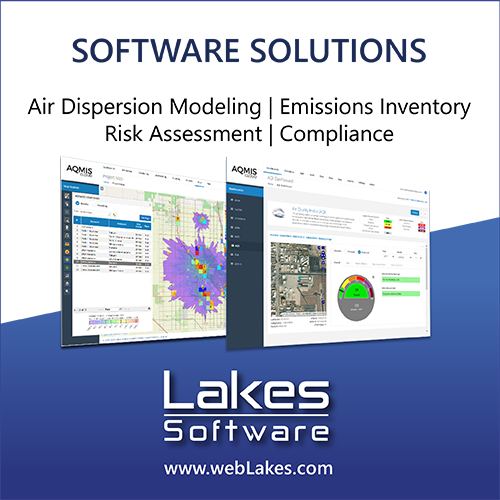MESOSCALE NUMERICAL MODELS: COST-EFFECTIVE INPUT TO DISPERSION PREDICTION SCHEMES
DOI:
https://doi.org/10.17159/caj/1992/8/5.7123Abstract
Dispersion schemes which utilise on-line transport weather data are in increasing use, to predict the concentration distribution of pollutants near an industrial source. In many cases, sharp transitions in plume transport and spread can occur downstream from the source owing to changes in wind directions and mixing properties. These may be observed using costly remote stations or estimated using a mesoscale numerical model. A two dimensional mixed layer numerical model is described and tested for a land-seabreeze scenario in the Cape Town area. Comparisons with previous observational are made. It is suggested that these numerical models be used to interpolate meteorological observations form the source, to the wider area influenced by industrial emissions.
Downloads
Downloads
Published
Issue
Section
License

All articles are published under a Creative Commons Attribution 4.0 International License; copyright is retained by the authors. Readers are welcome to reproduce, share and adapt the content without permission provided the source is attributed.








.png)